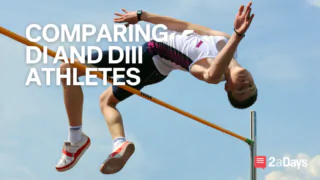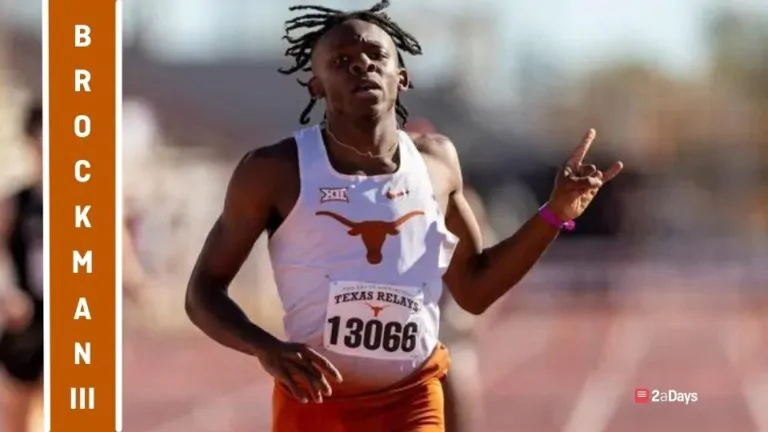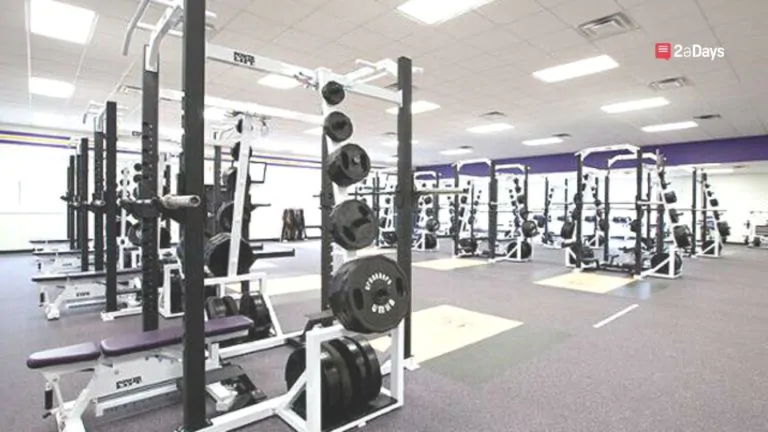When it comes to college sports, the division a student-athlete competes in can dramatically shape their experience both on and off the field. Division I and Division III represent two ends of the collegiate athletic spectrum, each offering unique benefits and challenges. Let's dive into the key differences between life as a DI and DIII college athlete.
1. Scholarships and Financial Aid:
– Division I: DI athletes can receive full or partial athletic scholarships. These scholarships cover tuition, room, board, and sometimes more. Scholarships can be highly competitive and may come with academic and performance expectations.
– Division III: DIII institutions do not offer athletic scholarships. Student-athletes at this level rely on academic scholarships, need-based aid, or grants. Their commitment to sports is driven by passion rather than financial incentives.
2. Time Commitment:
– Division I: DI athletes face an intense time commitment. Training, practices, games, and travel often consume a significant portion of their schedule. Balancing academics and athletics can be demanding, and good time management skills are crucial.
– Division III: While DIII athletes also dedicate time to their sport, the commitment is generally less intense. They have more flexibility to explore other extracurricular activities, internships, and academics without feeling overwhelmed by their sports schedule.
3. Athletic Competition:
– Division I: DI athletes compete at the highest level of college sports, facing tough competition and often competing against nationally ranked teams. The pressure to perform and succeed can be immense.
– Division I: DIII athletes enjoy a less intense competitive environment. While the level of play can still be high, the focus is more on personal growth, skill development, and the joy of playing the sport.
4. Facilities and Resources:
– Division I: DI programs generally have access to top-notch facilities, well-equipped training rooms, experienced coaching staff, and advanced sports technology. Athletes benefit from a higher level of support and resources.
– Division III: Facilities and resources vary widely among DIII schools. Some institutions have impressive facilities, but others have more modest setups. The coaching staff may be smaller, but athletes still receive valuable guidance.
5. Media Exposure:
– Division I: DI athletes often experience more media attention due to the visibility of their sports programs. Games might be televised, and there's a heightened sense of being part of a broader sports culture.
– Division III: DIII athletes have significantly less media exposure. Games are rarely televised unless you make it far in the NCAA tournament, and the focus is more on local or campus-based support.
6. Post-Graduation Paths:
– Division I: Some DI athletes aspire to continue their sports careers professionally. The visibility and competitive experience gained in Division I can provide a launching pad for such pursuits.
– Division III: Post-graduation, DIII athletes typically shift their focus to careers outside of sports. The emphasis on academics and a well-rounded college experience prepares them for a variety of professional paths.
7. Community and Camaraderie:
– Division I: The tight-knit community of DI athletes can provide a strong sense of identity and belonging. Athletes often form deep bonds with teammates and become ambassadors of their school's sports culture.
– Division III: DIII athletes also form close bonds, but the camaraderie may extend to other aspects of campus life as well. Their involvement in multiple activities helps them foster a diverse network of friends.
In the end, the choice between DI and DIII college athletics comes down to individual preferences and priorities. Division I offers intense competition, national exposure, and significant resources, while Division III provides a more balanced college experience with an emphasis on personal growth and academic pursuits. Both paths offer valuable life lessons, memories, and opportunities for growth on and off the field.







